The Luna program has experienced many successes and failures in the race to conquer Earth's natural satellite, most recently the Luna 25 spacecraft crashing into the lunar surface on August 20.
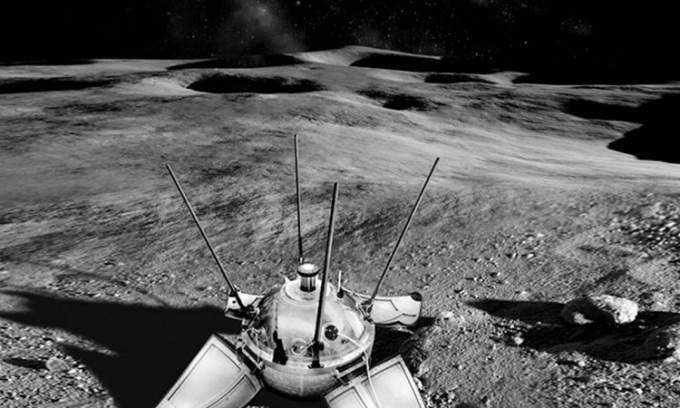
Luna 9 was the first spacecraft to land softly on the Moon. Photo: Science Photo Library
The Apollo program marked America's victory in the race to the Moon in the 1960s, but the Soviet Union also achieved many successes with the Luna program that lasted from 1959 to the mid-1970s. This program included a series of unmanned missions such as orbiters, landers, surface robots and sample return ships, according to Astro .
The Luna program was one of two lunar exploration programs conducted by the Soviet Union. The Luna missions were designed to gather information about the Moon and its environment, not only for scientific research purposes but also for planning a manned mission to the Moon.
According to LPI , despite many ups and downs and failures in pushing forward with a manned mission to Earth's natural satellite, the Luna program achieved many "first" milestones. Among them were the first lunar flyby, the first lunar impact, the first photograph of the far side, the first soft landing, the first lunar satellite, the first analysis of lunar soil, the first sample return mission, and the first deployment of a rover. These missions also succeeded in conducting remote sensing and imaging of the Moon, operating two rovers on the lunar surface, and bringing back three sets of soil samples.
The first autonomous spacecraft
The Soviet Union (formerly) began 1959 with a lunar mission. On January 2, 1959, the Soviet Union launched Luna 1 on a course to crash into the lunar surface. However, the spacecraft veered off course by 5,000 km and entered solar orbit.
This goal became a reality nine months later with the launch of Luna 2 on September 12 of the same year. The 390 kg probe crashed into the ground about 800 km north of the Moon’s center. The mission marked the first time a man-made object had ever made contact with another celestial body. The spacecraft’s instruments were also the first to take pictures of the Moon’s shadow before the impact, which occurred on a day when the Moon had no strong magnetic field and no radiation belts. Luna 2 was the first to take pictures of the Moon’s shadow before it crashed into its surface on September 15, 1959.
The Soviet Union ended 1959 with Luna 3 launching on October 4 to celebrate the second anniversary of the launch of the first artificial satellite, Sputnik 1. The spacecraft circled the Moon, photographing about 70% of the shadow. The probe transmitted images back to Earth via television.
Landing attempt
The second phase of the Soviet lunar program involved placing spacecraft in lunar orbit and landing them gently on the surface. After the success of Luna 3, no new lunar missions were launched until early 1963. The Soviets ended the two-year gap with two Luna probes launched in January and February 1963 that did not reach Earth orbit. These unnumbered spacecraft were designed to land on the lunar surface. In April 1963, the Soviets launched another lander, Luna 4. It flew by the Moon at a distance of 8,500 km (5,300 mi), then entered orbit around the Sun.
These missions were followed by six more failed landings over the next two and a half years. In April 1964, a lunar lander was destroyed during launch. In 1965, the Soviets suffered five more failed landings. Cosmos 60 failed to reach orbit in March of that year. Luna 5 crashed into the Moon in May 1965. Its successor, Luna 6, entered solar orbit after flying within 160,000 kilometers of the Moon. Luna 7 and Luna 8 crashed into the surface of the celestial body in October and December 1965, respectively.
The Soviet landing attempt finally succeeded in January 1966. Luna 9 became the first spacecraft to make a soft landing on another celestial body. The 3,300-pound (1,581-kilogram) spacecraft launched on January 31, 1966, and touched down in the Ocean of Storms on February 3 of the same year. The spacecraft transmitted several medium-resolution images of the lunar surface before its batteries failed four days after landing. The lander also transmitted data on radiation levels at the landing site.
This mission was followed by another successful landing by Luna 13, launched on December 21 and touched down on December 24, 1966. The spacecraft sent back panoramic photographs and radiation data to Earth. The spacecraft also had two mechanical arms that were used to test the solidity and density of the soil.
Orbital Mission
The second generation of Luna spacecraft was designed specifically for orbital missions. The Soviet Union successfully placed Luna 10 into lunar orbit on April 3, 1966, making it the first man-made object to orbit another celestial body. The 234-kilogram spacecraft transmitted micrometeorite and radiation measurements during its 56-day mission.
The Soviet Union then launched two more orbiters, Luna 11 and Luna 12, in 1966. Luna 11 was launched on August 24 and orbited the Moon at a distance of 159 km (99 mi) and a distance of 1,200 km (750 mi). Luna 12 was launched on October 22 and entered a distance of 100 km (62 mi) and 1,740 km (1,100 mi), respectively. The spacecraft sent back images of the surface via television. Other successful orbital missions included Luna 14 (April 1968), Luna 19 (September 1971), and Luna 22 (May 1974).
Sample collection missions and autonomous robots
During the Zond series of missions (the precursors to manned lunar missions), Soviet engineers were developing a new type of advanced lander. These sophisticated spacecraft were designed to return samples to Earth and deploy the Lunokhod rover to explore the surface. In 1969 and 1970, the Soviets launched six missions with this series of spacecraft, codenamed Luna or Cosmos. All six launches failed due to technical problems. Luna 15 crashed into the Moon in July 1969, just days after the Apollo 11 landing. Experts believe it was intended to deploy the robot or return samples to Earth before the Apollo 11 crew.
Luna 16 launched on September 12, 1970, was the first successful robotic sample delivery mission. After landing in the Sea of Fertility, the spacecraft drilled 35 cm into the surface. A 100 g soil sample was loaded onto the return vehicle, which landed in the Soviet Union on September 24 of the same year.
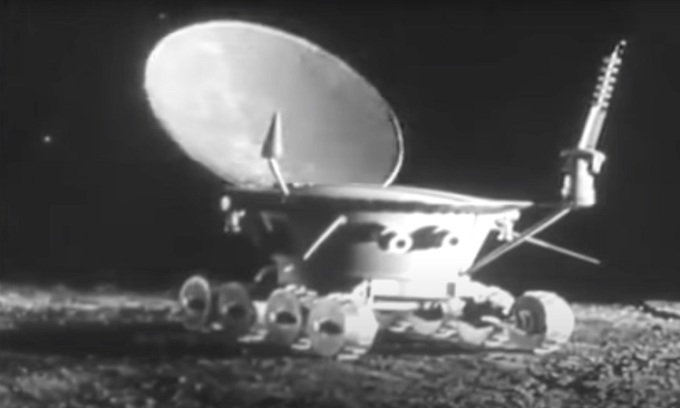
Lunokhod 1 robot operated for 10.5 months on the Moon. Photo: Autoevolution
Luna 17 marked the first robotic mission. The spacecraft launched on November 10, 1970, landed in the Sea of Rains region and deployed the Lunokhod 1 robot. The eight-wheeled vehicle was controlled by radio waves from Earth and was equipped with two cameras and various sampling instruments. Lunokhod 1 covered about 10.5 kilometers (6.5 miles) during its 10.5-month mission. The robot's cameras returned more than 20,000 images, including 200 panoramic images. Its instruments analyzed soil characteristics at more than 500 locations. Other instruments analyzed the chemical composition of soil at 25 locations. Lunokhod 1 also carried a rearview mirror that allowed scientists on Earth to conduct a laser experiment that determined the distance between Earth and the Moon with an accuracy of 40 centimeters.
This mission was followed by Luna 18, launched on September 2, 1971. This soil sampling mission crashed into the lunar surface. Luna 19 took off 19 days later and successfully entered lunar orbit, but was not designed to land.
Luna 20 launched on February 14, 1972, was a successful sampling mission. The vehicle landed in the mountainous region between the Sea of Fertility and the Sea of Crises. The re-entry capsule successfully landed on Earth with 50 grams of lunar soil.
The Luna 21 mission launched in January 1973 and carried the Lunokhod 2 robot to the Le Monnier crater in the Sea of Serenity. The 840 kg rover traveled 37 km during its four-month mission. It took numerous photographs and conducted experiments during the mission.
Three subsequent Luna probes were designed to return soil samples. Luna 23 was destroyed on landing after launch in October 1974. Another Luna mission launched nearly a year later failed to reach orbit. The most recent mission, Luna 24, launched on August 9, 1976. It landed southeast of the Sea of Crises and drilled to a depth of 2 m. The spacecraft returned with 170 g of soil for analysis.
First Moon mission in 47 years
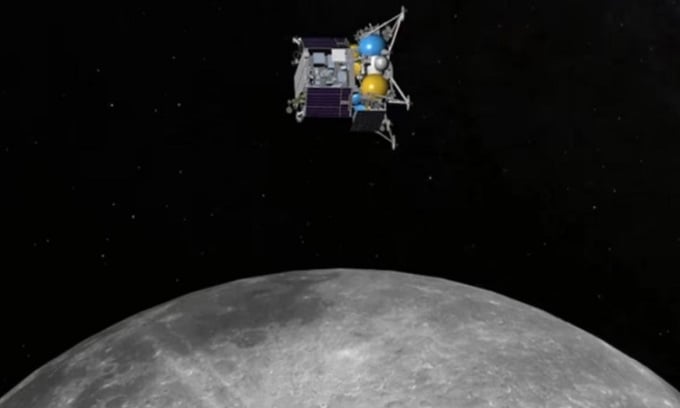
Luna 25 failed to land on the Moon's surface as planned. Photo: Money Control
Luna 25 is Russia's first mission to the Moon in 47 years. If successful, Luna 25 will lay the foundation for future robotic lunar exploration missions by Roscosmos. The spacecraft launched on August 10, 2023 from the Vostochny Cosmodrome on a Soyuz-2 Fregat rocket. On August 16, the spacecraft reached the Moon and fired its engines to enter orbit. It is scheduled to stay in orbit for 5-7 days before landing on the lunar surface. The spacecraft's target is the Moon's south pole to study the composition of the polar regolith and study plasma and dust structures in the outer layer of the celestial body for a year.
However, on August 20, the Russian space agency Roscosmos announced that Luna 25 crashed into the lunar surface after spinning out of control and following an unpredictable trajectory. Roscosmos has set up a special internal commission to investigate the cause behind the failure of Luna 25, the mission that marked Russia's return to the Moon race.
An Khang (According to Astro/LPI/NASA )
Source link








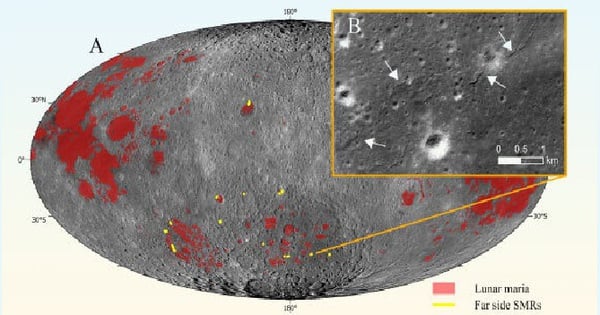

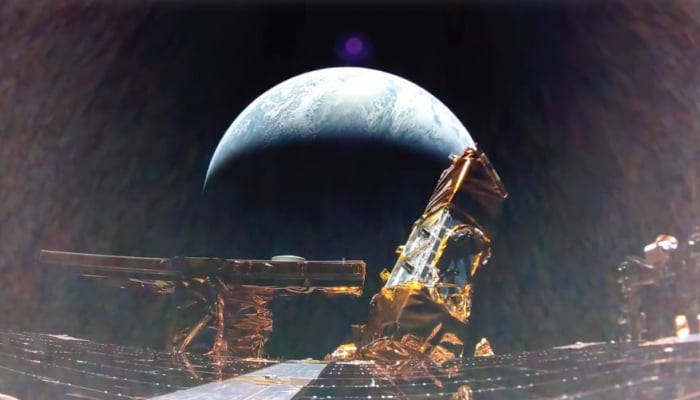



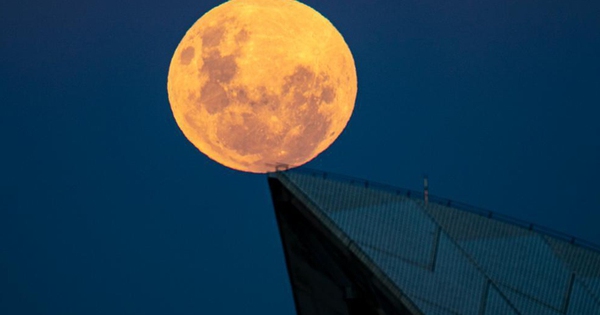
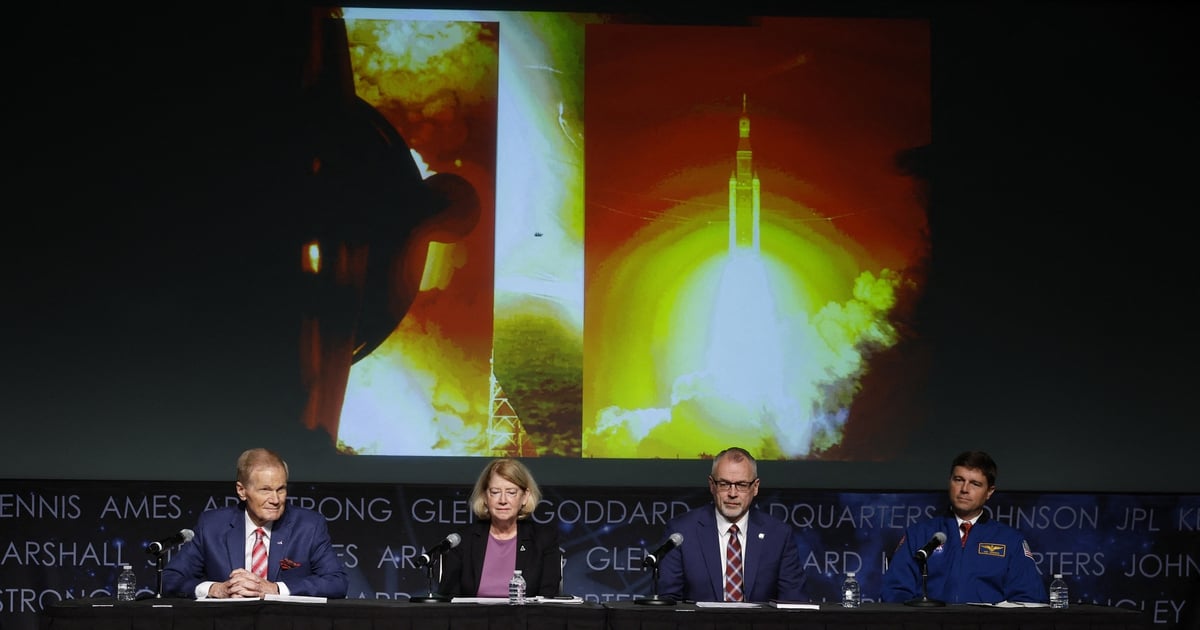

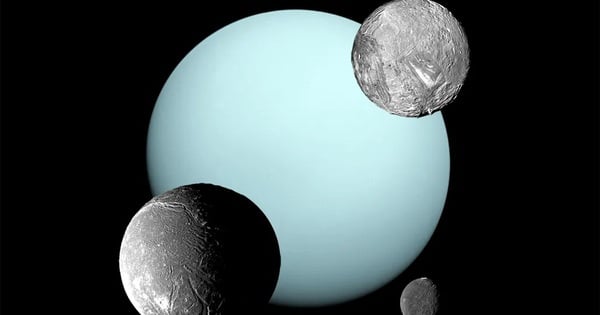
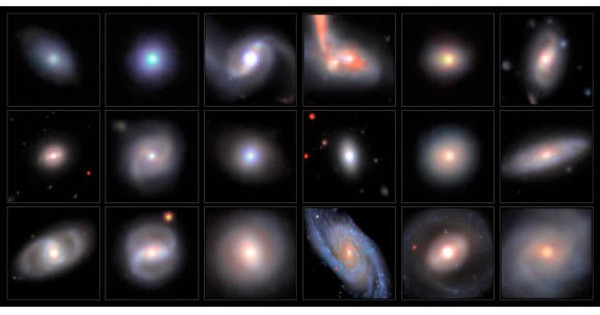




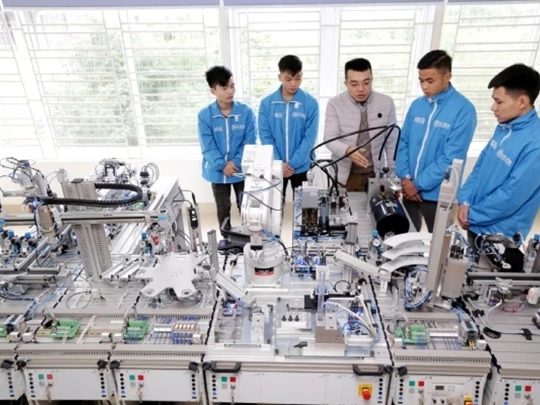

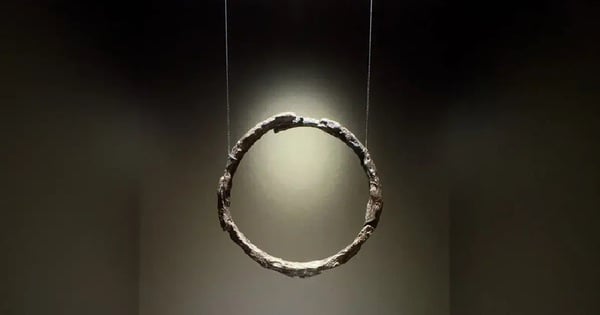
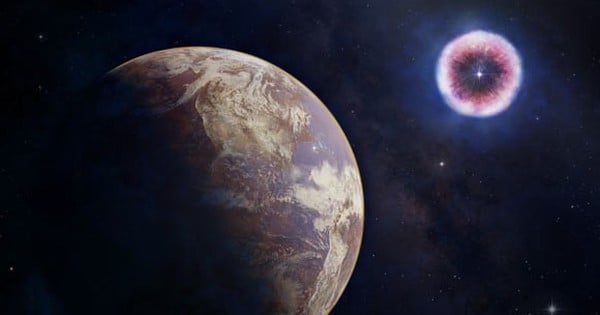















![[Photo] Prime Minister Pham Minh Chinh chairs Government Conference with localities on economic growth](https://vstatic.vietnam.vn/vietnam/resource/IMAGE/2025/2/21/f34583484f2643a2a2b72168a0d64baa)
















































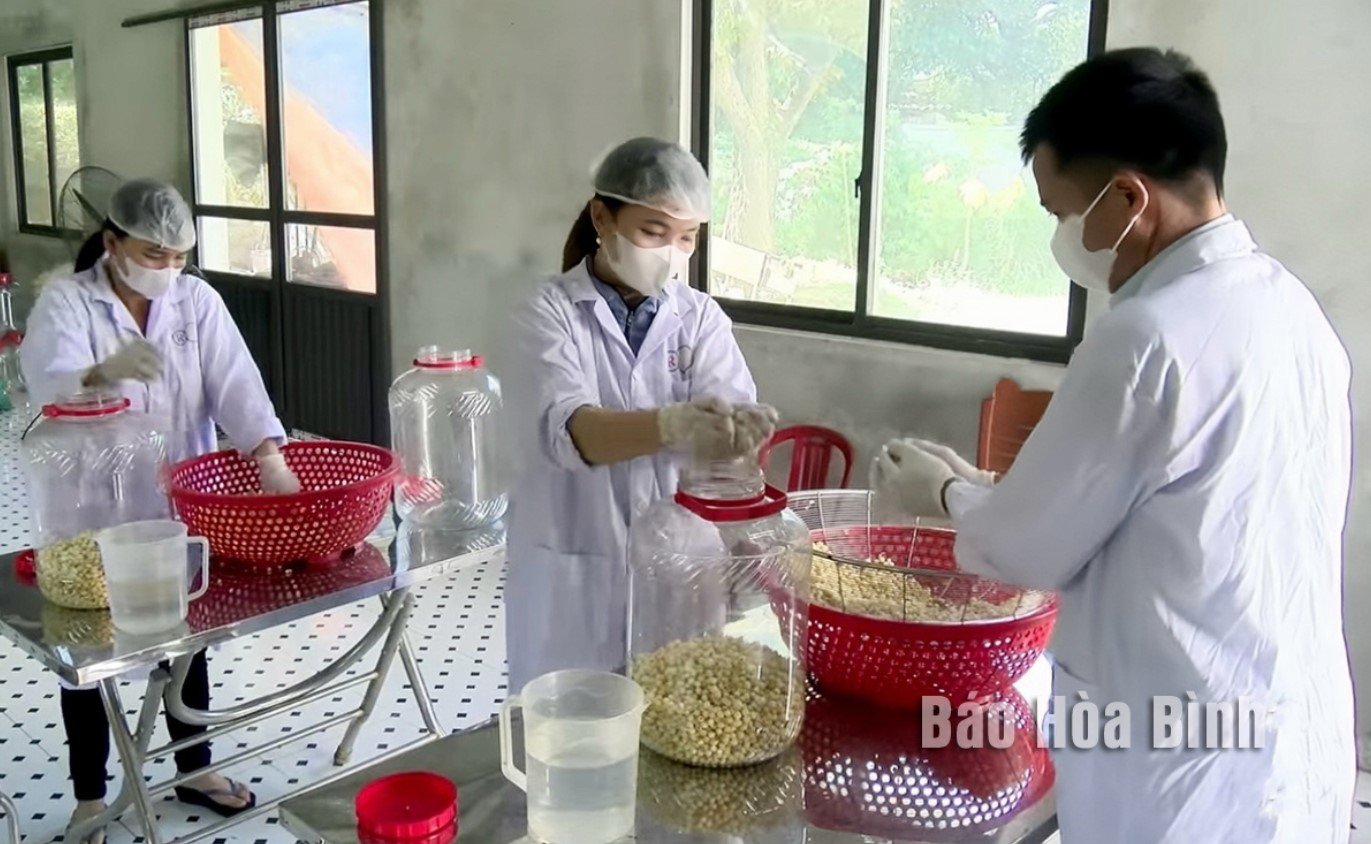







Comment (0)